Do It Yourself
Hurricane Survival Tips: How to Survive Natural Disasters
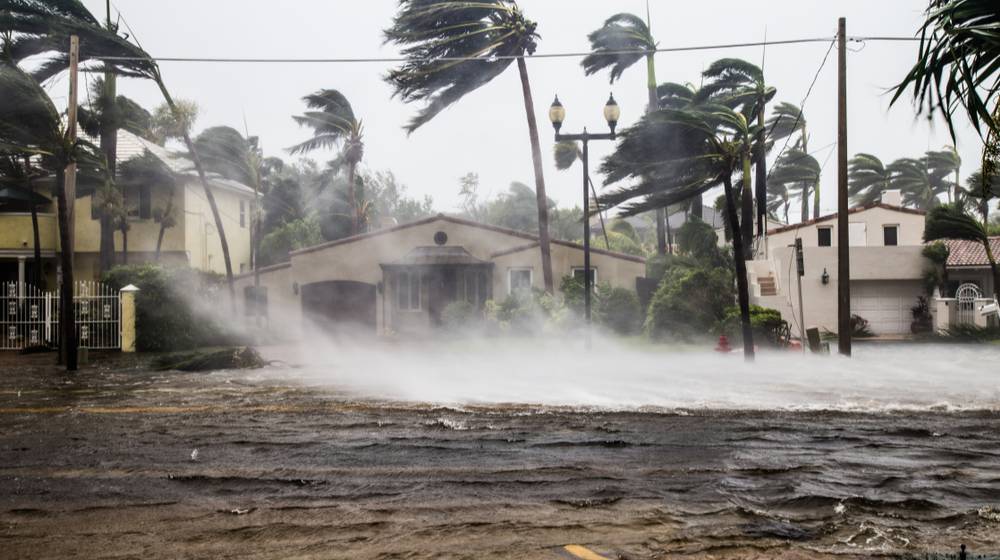
If hurricane survival is your goal, then preparedness is the solution. Being prepared is the most effective way to increase your chances of surviving natural disasters.
We all know the destructive power of hurricanes, with the storm surges and flooding as well as the turbulent winds.
RELATED: Hurricane Harvey Safety Tips: Before, During and After the Storm
How to Survive a Hurricane | Hurricane Survival Tips
Click here to jump to the infographic.
Before a Hurricane Survival Tips
1. Prepare a Supply Kit
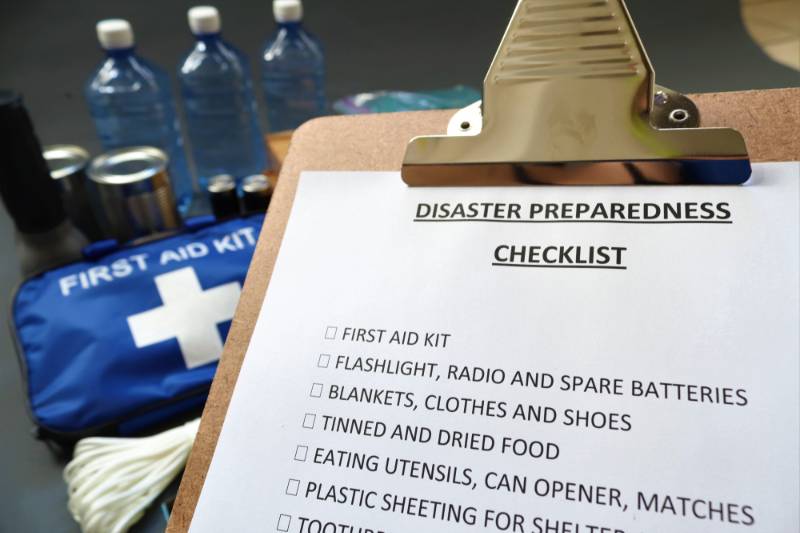
The most basic things you will need are food, water, clothing, bedding, first aid supplies, battery-operated lighting, and tools. Also, consider wrapping all of your supplies in plastic sheets, to prevent them from getting wet should flooding occur.
It would also be wise to invest in an inflatable raft large enough to carry your family and some supplies, just in case.
Supply kit contents:
- Water – at least 1 gallon daily per person for 7 to 10 days. Katrina and Wilma should have emphasized the importance of having sufficient water on hand. Don’t forget some for your pets.
- Food – at least enough for 3 to 7 days
— non-perishable packaged or canned food/juices
— foods for infants or the elderly
— snack foods (Peanut butter; mixed PBJ; breakfast bars; crackers; canned fruit; raisins; chips;
— non-electric can opener
— cooking tools/fuel
— paper plates / plastic utensils / paper cups
— trash bags and duct tape – useful for clean-up, or patching leaks in an emergency - An ax to use if you stay and need to escape from your house – or other uses
- Blankets / Pillows, etc.
- Clothing – seasonal / rain gear/ sturdy shoes
- First Aid Kit / Medicines / Prescription Drugs
- Special Items – for babies and the elderly
- Toiletries / Hygiene items / Moisture wipes
- Bug spray, Cortisone for bug bites
- Sunscreen & Lotion
- Tarp to cover holes if needed.
- Bleach
- Water purification tablets
- Waterless soap saves water for drinking
- Flashlight / Batteries
- Radio – Battery operated and NOAA weather radio
- Battery-operated television, with extra batteries.
- Cash – Banks and ATMs may not be open or available for extended periods. Make sure you have small bills because it will often be difficult to get change. If you only have $100 and water is $10 for a case and you are limited to one case, you do not want to have the choice of paying $100 or having no water.
- Keys to house, cars, boats, etc
- Toys, Books, and Games
- Important documents – in a waterproof container or watertight resealable plastic bag
— insurance, medical records, bank account numbers, Social Security card, etc. Don’t forget your re-entry documents (e.g. stickers or passes). Many barrier islands require some documentation in order to return. Keep important phone numbers here. You may know them, but a loved one may not. - Tools – keep a set with you during the storm. A pocket knife, nails, a hammer, and rope are important elements. Towels and buckets are useful too if you develop a leak.
- Vehicle fuel tanks filled
- Pet care items
— proper identification / immunization records / medications
— ample supply of food and water
— a carrier or cage
— muzzle and leash
2. Know Your Surroundings
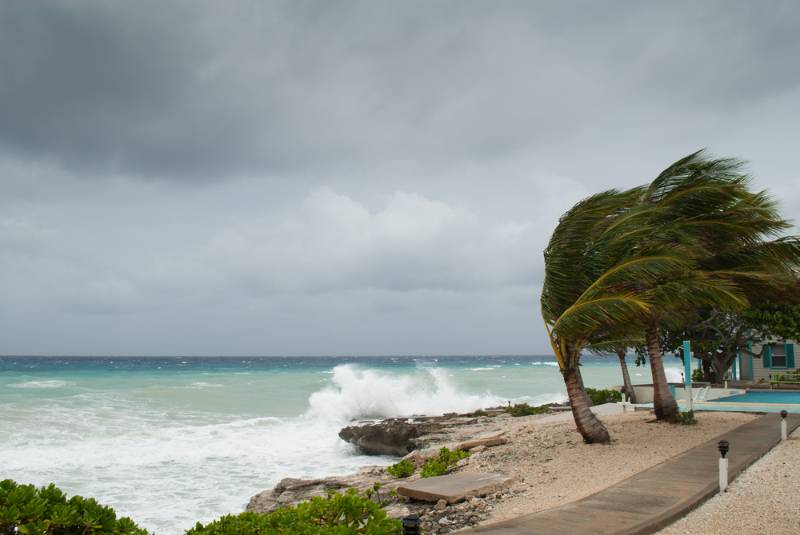
Learn the elevation level of your property and whether the land is flood-prone. This will help you know how your property will be affected when storm surge or tidal flooding are forecasted.
3. Cover All of Your Home’s Windows
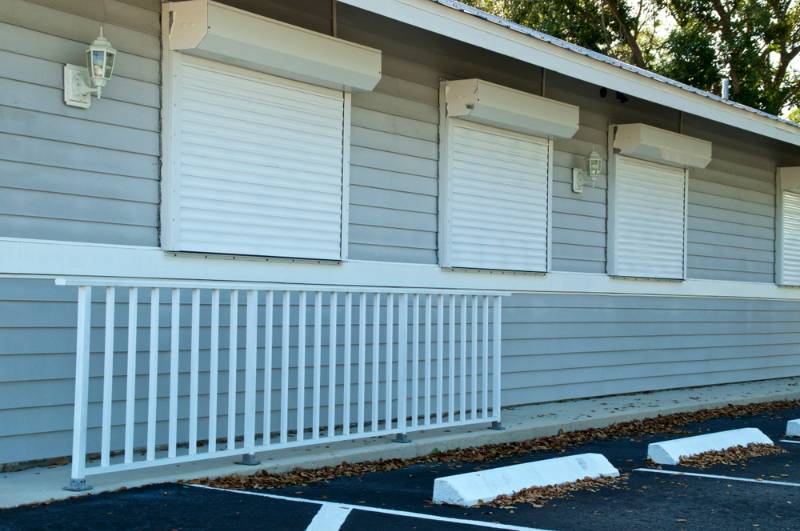
Permanent storm shutters offer the best protection for windows. A second option is to board up windows with 5/8” exterior grade or marine plywood, cut to fit and ready to install.
Another year-round option would be the installation of laminated glass with impact-resistant glazing. Tape does not prevent windows from breaking.
4. Keep a Water Supply
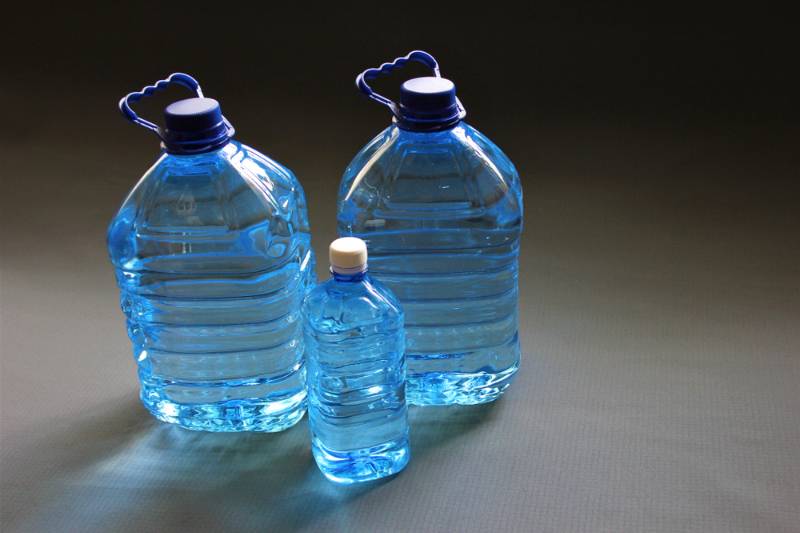
Store water in plastic containers such as soft drink bottles. Avoid using containers that will decompose or break, such as milk cartons or glass bottles. A normally active person needs to drink at least two quarts of water each day. Hot environments and intense physical activity can double that amount.
Children, nursing mothers, and ill people will need more. Store one gallon of water per person per day. Keep at least a three-day supply of water per person (two quarts for drinking, two quarts for each person in your household for food preparation/sanitation).
5. Keep a Food Supply
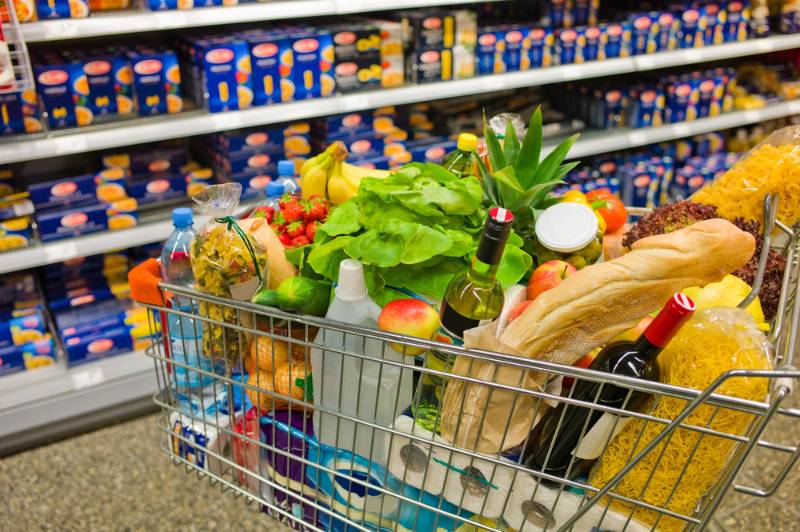
Store at least a three-day supply of non-perishable food. Select foods that require no refrigeration, preparation, or cooking, and little or no water.
If you must heat food, pack a can of Sterno. Select food items that are compact and lightweight. Include a selection of the following foods in your Disaster Supplies Kit:
- Ready-to-eat canned meats, fruits, and vegetables
- Canned juices
- Staples (salt, sugar, pepper, spices, etc.)
- High-energy foods
- Vitamins
- Food for infants
- Comfort/stress foods
6. Make a Plan
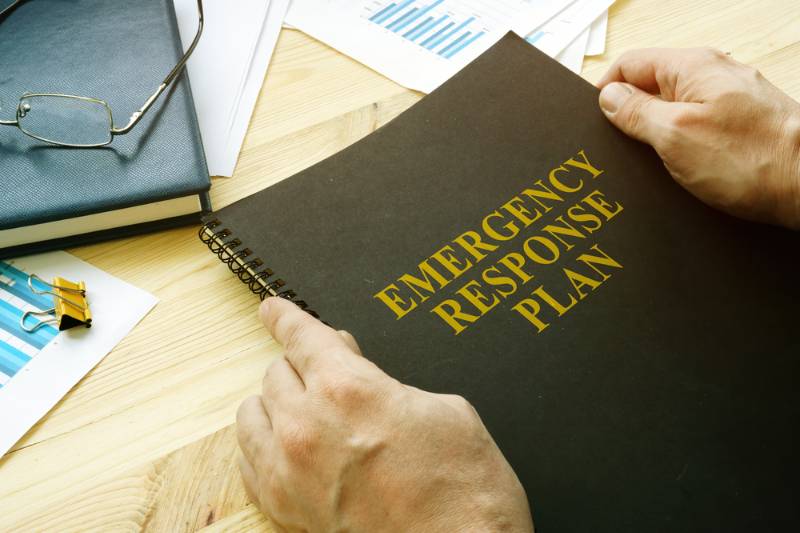
Have a family communication plan so family members know how to let others know they are safe and have a plan for reuniting if separated.
7. Crank Up the Cold
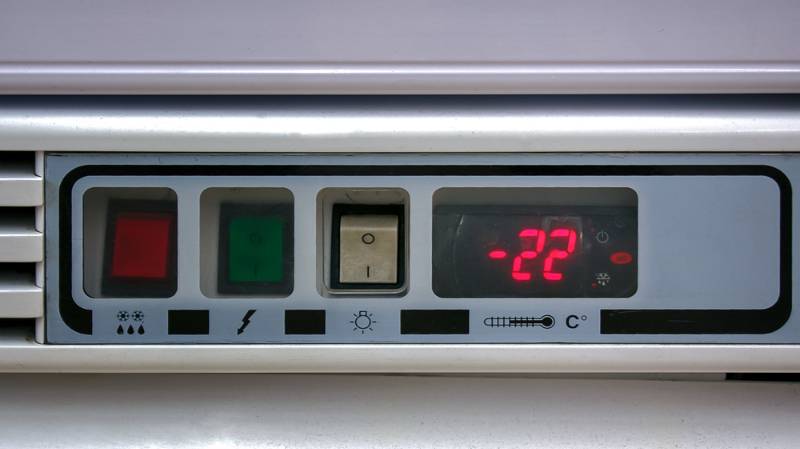
Turn your refrigerator and freezer to the coldest setting so that food will last longer should the power go out. Keep the doors closed as much as possible to hold in the cold.
8. Trim Trees and Hedges
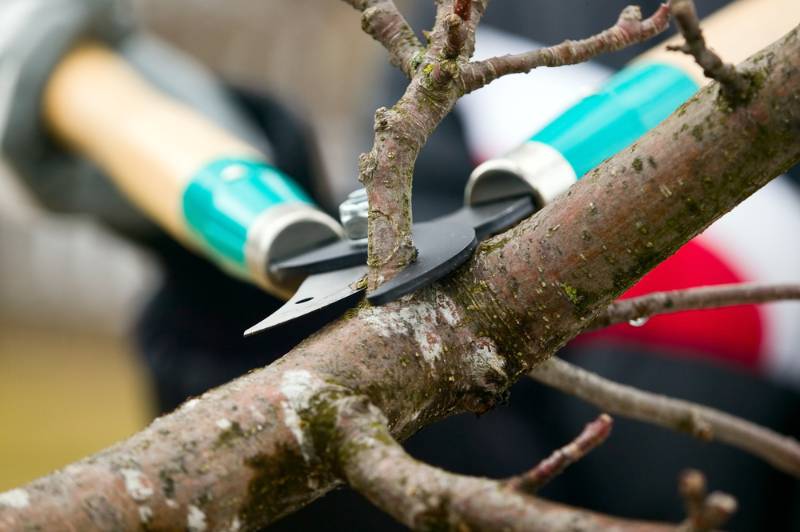
Trim trees, hedges, and bushes before hurricane season so that the wind can blow through easily. Limbs can become projectiles, breaking windows and damaging roofs.
9. Keep Loose Items Secured

Keep loose items that need to be brought in or tied down such as patio furniture, garbage cans, plants, pool filter, etc. Don’t forget the mailbox and TV antenna.
10. Invest in a Small Generator
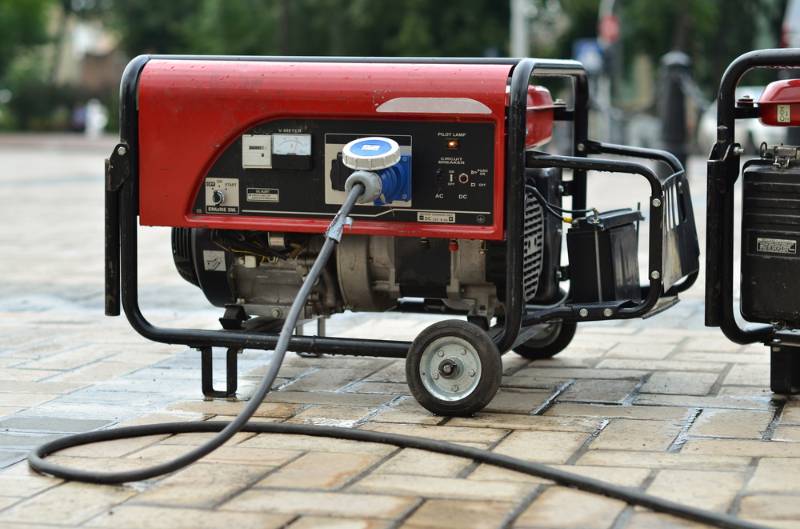
A small gas-powered motor can produce small amounts of electricity, providing you with essentials for a few hours at a stretch if power lines are down after the storm.
Get one before the hurricane hits: if you wait till the storm has come and gone, you’ll be looking for a generator with everyone else. In that case, expect very long lines and seeing empty shelves where generators used to sit in your local hardware store.
11. Buy a Radio
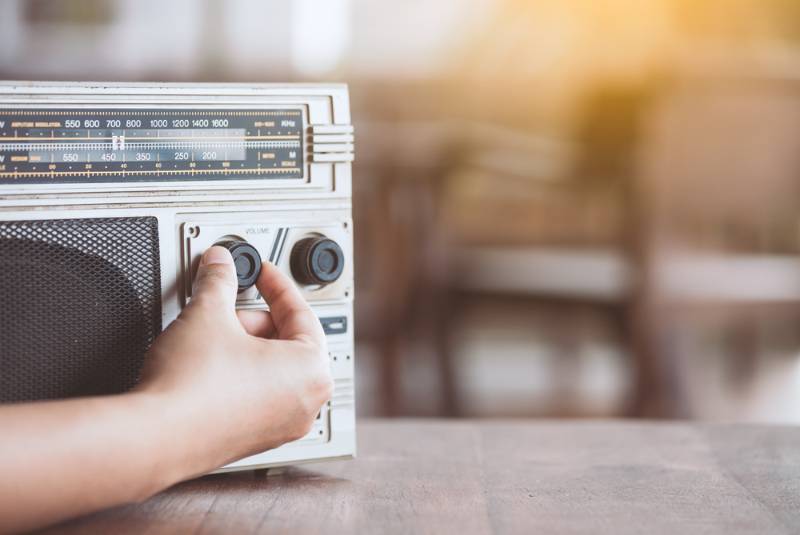
Invest in a National Oceanic and Atmospheric Administration (NOAA) weather radio to keep track of what is going on. These broadcasts are sent out via VHF radio waves, so any receiver that can pick up such broadcasts will do.
12. Make an Evacuation Plan
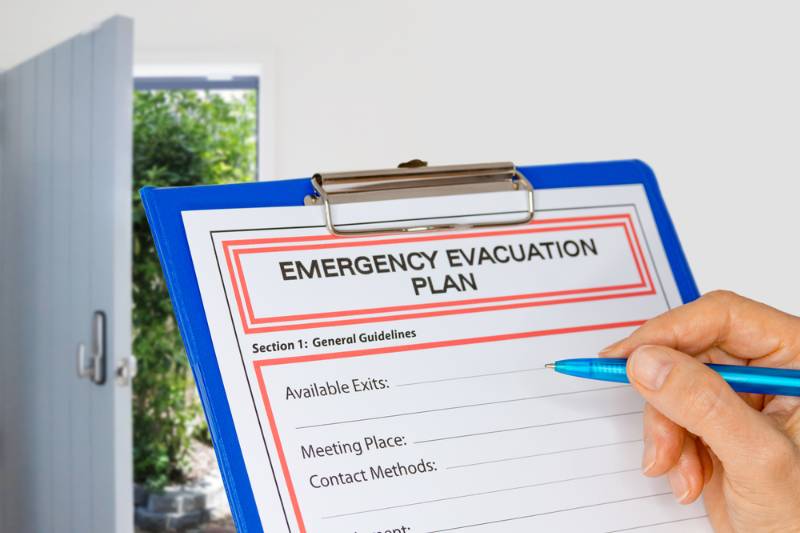
Coastal residents should form evacuation plans before a warning is issued to identify a safe shelter and a route to get there.
13. Keep a Life Preserver
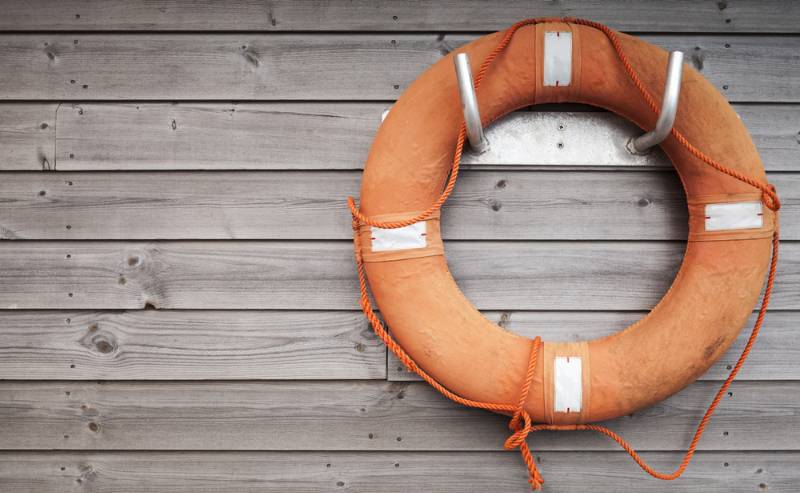
Stash an ax and life preservers in the upper story, or attic, of your home. Remember, most of the drowning victims of Hurricane Katrina were people who stayed in their homes and found themselves trapped by rising waters with no place to go.
Many drowned in their attics, unable to break through the roof to the outside. A few bucks spent on these items ahead of time could save your life!
14. Invest in a Waterproof LED Headlamp
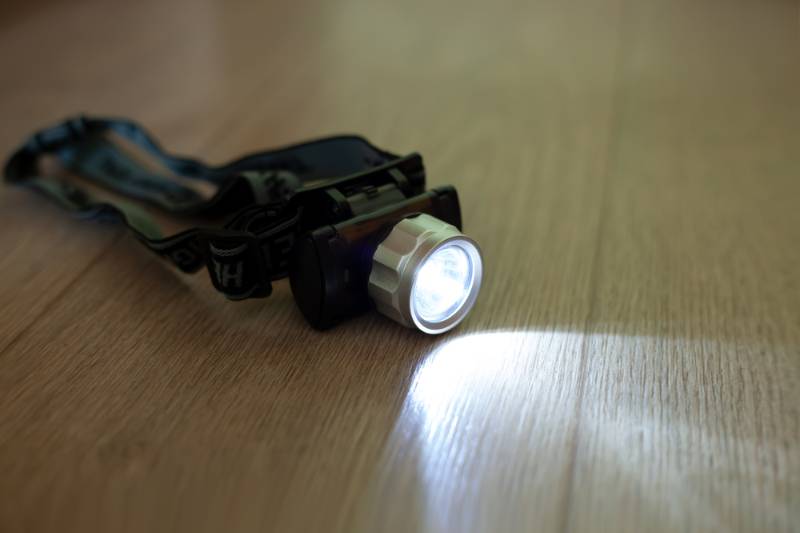
I highly recommend that you purchase a waterproof back-country type headlamp with LED bulbs. Headlamps leave your hands free to carry things or work on things. LED bulbs use a fraction of the power, are far more shock resistant, and last far longer than traditional light bulbs, so your batteries (don’t forget to stock spares) last many times longer.
15. Turn Off Circuit Breakers
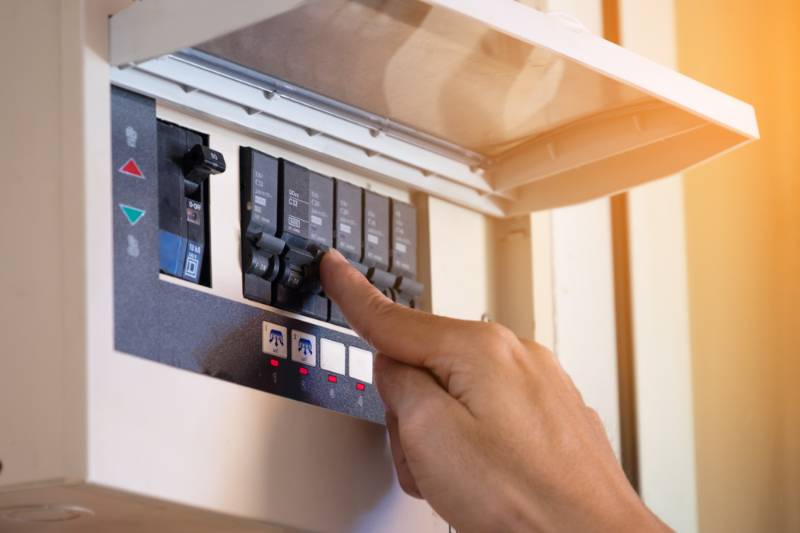
If power blinks off and on, turn off all of the circuit breakers except the one that powers a lamp in an internal part of your house.
16. Bring Outdoor Objects Inside
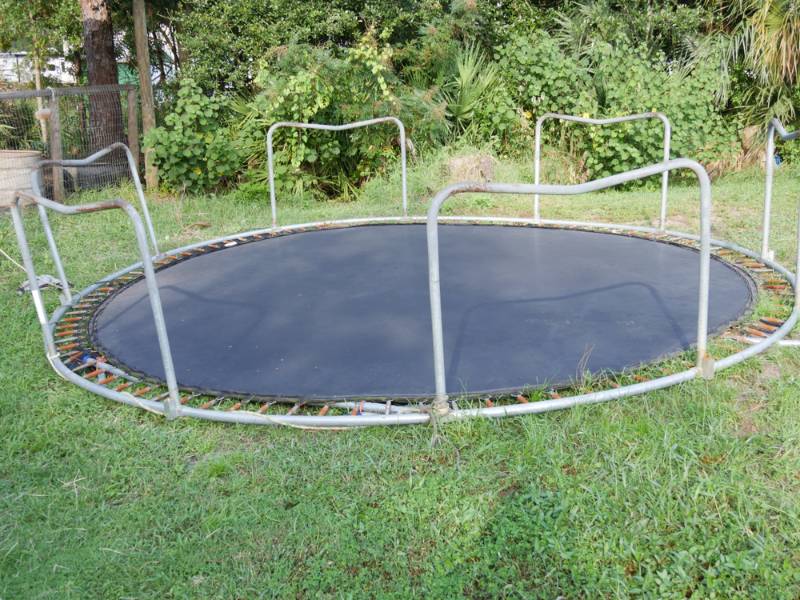
Bring in outdoor objects such as lawn furniture, hanging plants, bicycles, toys, and garden tools, and secure objects that cannot be brought inside, the Red Cross says.
17. Gas Up Your Vehicles
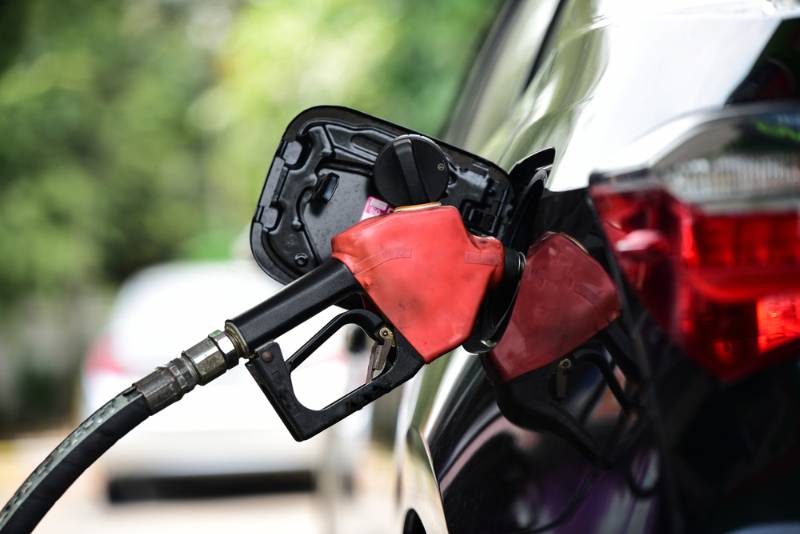
You have to make sure your vehicle has enough fuel for when evacuation is needed. Don’t forget to prepare and bring jumper cables and flares, along with your evacuation kit in your car.
18. Download the Emergency App from the American Red Cross
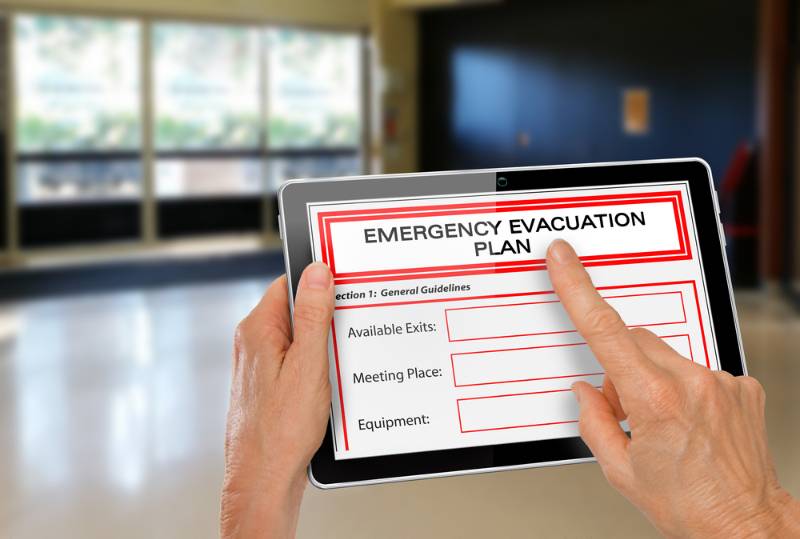
Sometimes all you need is an app for enhanced hurricane survival. Available on the App Store as well as on Google Play.
19. Ensure Safety of Your Pets

Do not leave your pets outside and unattended. Secure enough food and water supply as well. Make sure they are safe from drowning and
RELATED: The ONLY Hurricane Survival Guide You Need
During a Hurricane Survival Tips
If a hurricane is likely in your area, you should:
- Listen to the radio or TV for information.
- Secure your home and stay indoors. Double-check storm shutters.
- Turn off utilities if instructed to do so.
- Turn off propane tanks.
- Avoid using the phone, except for serious emergencies.
- Moor your boat if time permits.
- Ensure a supply of water for sanitary purposes such as cleaning and flushing toilets. Fill the bathtub and other large containers with water.
When to Evacuate
You should evacuate under the following conditions:
- If you are directed by local authorities to do so. Be sure to follow their instructions.
- If you live in a mobile home or temporary structure—such shelters are particularly hazardous during hurricanes no matter how well fastened to the ground.
- If you live in a high-rise building—hurricane winds are stronger at higher elevations.
- If you live on the coast, on a floodplain, near a river, or on an inland waterway.
- If you feel you are in danger.
- If you are unable to evacuate, go to your safe room. If you do not have one, follow these guidelines:
Stay Indoors
- Close all interior doors—secure and brace external doors.
- Keep curtains and blinds closed. Do not be fooled if there is a lull; it could be the eye of the storm – winds will pick up again.
- Take refuge in a small interior room, closet, or hallway on the lowest level.
- Lie on the floor under a table or another sturdy object.
After a Hurricane Survival Tips
1. Beware of Heights
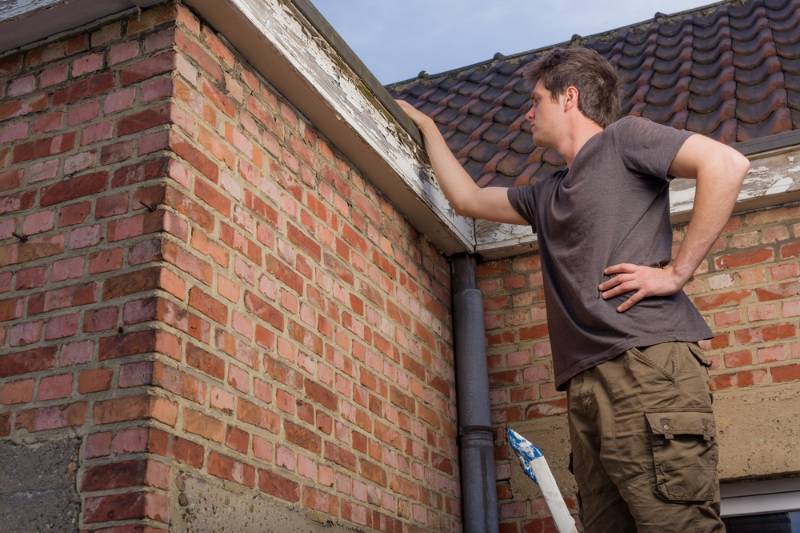
Almost half of the people who died during cleanup fell from a roof, ladder, or tree. If there is any chance that you will be off the ground after a storm, invest in safety equipment and learn how to use it now.
Harnesses, lifelines, lanyards, anchors, slip-resistant shoes, and ladder safety devices will help. Remember, the chaotic days after a storm is a bad time to learn how to use unfamiliar equipment.
2. Watch Your Step
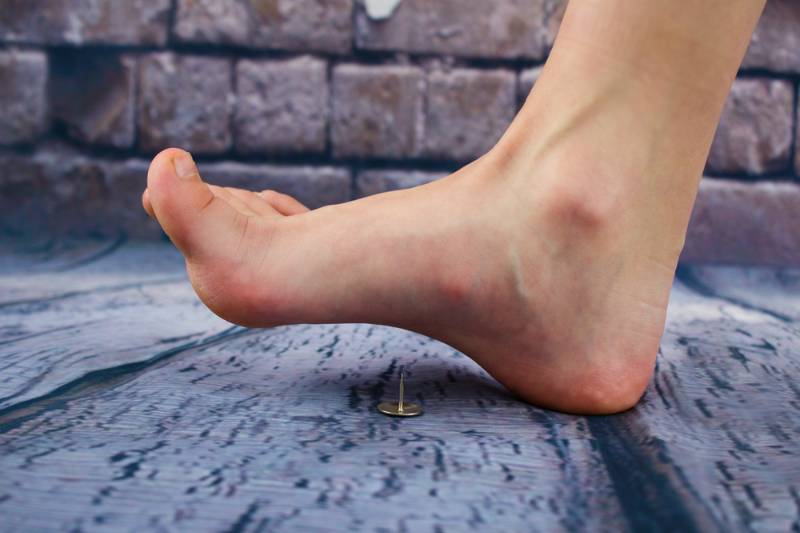
Avoid standing on water, which may hide broken glass, sharp metal, or a downed power line, and don’t allow children to play in puddles.
Be careful using metal tree trimmers or metal ladders around power lines, and make sure appliances are dry before plugging them back in. Electrocution is a very real risk after storms.
3. Use a Portable Generator With Caution
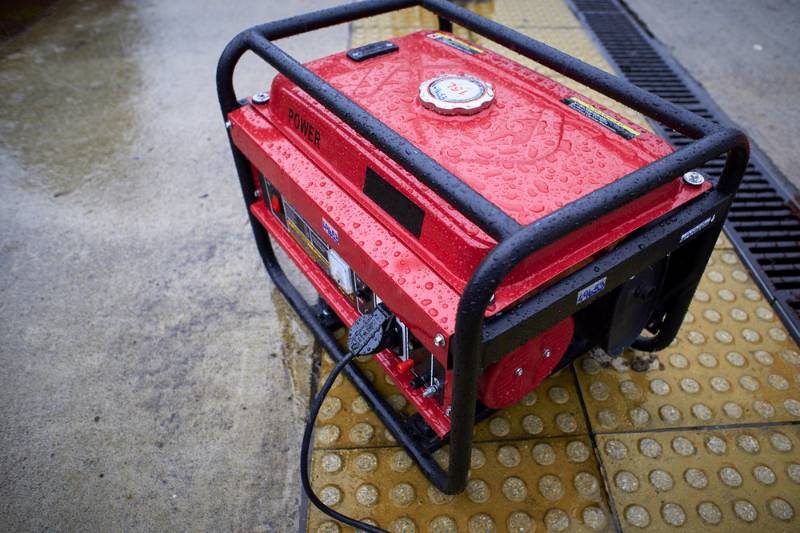
Never use a generator inside a home, basement, shed, or garage even if doors and windows are open. Keep generators outside and far away from windows, doors, and vents.
Read both the label on your generator and the owner’s manual and follow the instructions. Any electrical cables you use with the generator should be free of damage and suitable for outdoor use.
4. Beware of Fallen Wires
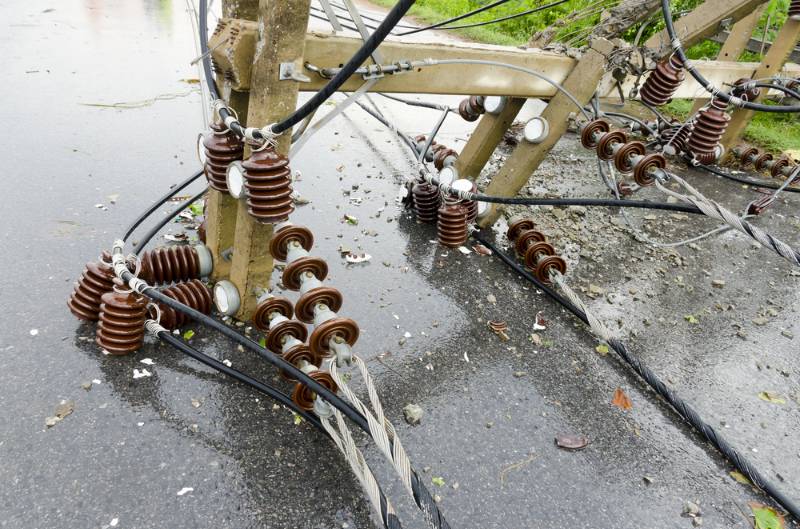
Stay away from any downed wires, including cable TV feeds. They may be live with deadly voltage. If you are standing in water, do not handle or operate electrical appliances.
Electrical components, including circuit breakers, wiring in the walls, and outlets that have been underwater should not be turned on. They should be replaced unless properly inspected and tested by a qualified electrician.
Natural gas or propane valves that have been underwater should be replaced. Smell and listen for leaky gas connections. If you believe there is a gas leak, immediately leave the house and leave the door(s) open.
Never strike a match. Any size flame can spark an explosion. Before turning the gas back on, have the gas system checked by a professional.
Here’s an infographic guide. Don’t forget to download, save, or share this handy infographic for reference:
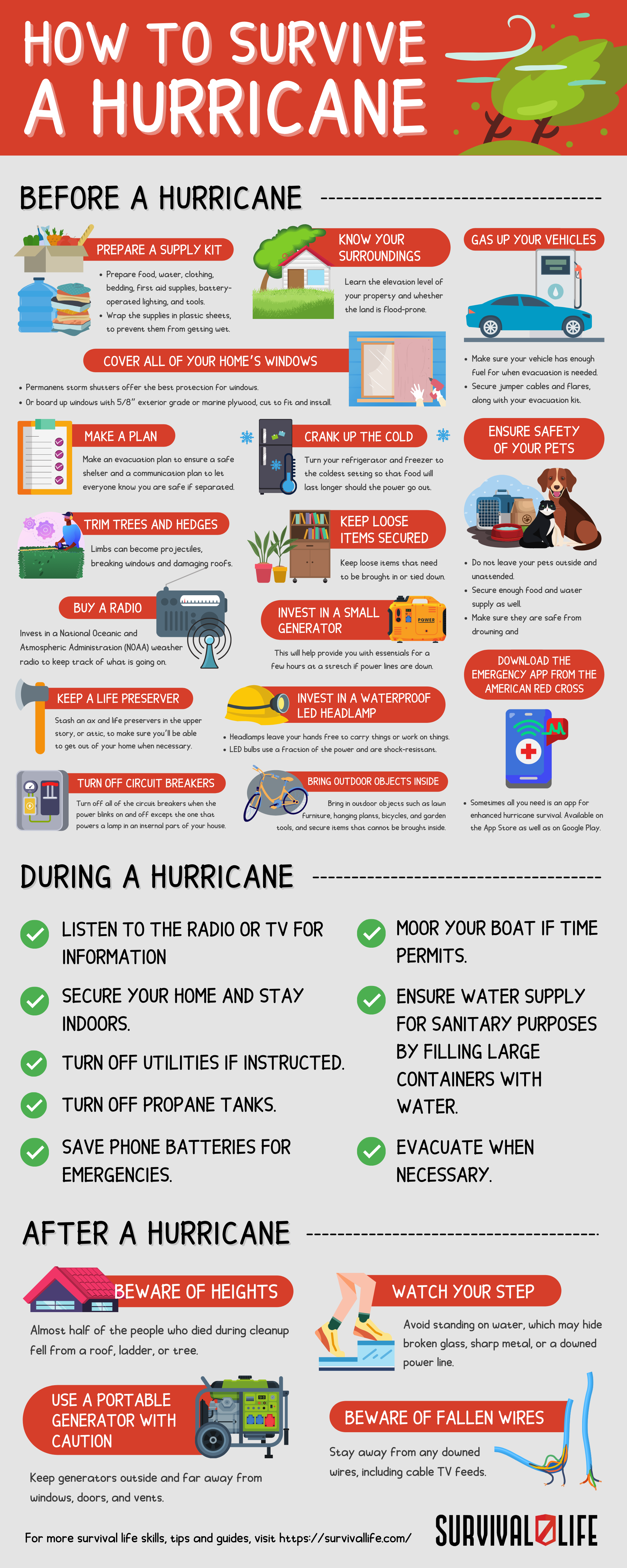
Watch this video by DropForgedSurvival for his beginner’s guide on preparing for a hurricane:
Once you have taught yourself on packing and maintaining a kit, you have taken the first step towards emergency preparedness. Others may find this simple thing difficult to do much less have the time to do it. We can never stress enough the importance of getting ready for anything.
Do you have your own hurricane survival tips? Share it in the comment section below.
Up Next:
- 377 Survival Hacks And Skills You Should Know
- Emergency Hurricane Survival Kit List & Preparedness Tips
- Hurricane Evacuation for When It’s Needed Most Provided in Gone Before Gridlock
Calling all preppers, craftsmen, bushmasters, outdoorsmen, and all-around skilled people, Survival Life needs YOU! Click here if you want to write for us.
Don’t forget to stay connected with us on Facebook, Twitter, Pinterest, and Instagram!
*Disclaimer: The contents of this article are for informational purposes only. Please read our full disclaimer.*
Editor’s Note: This post was originally published on June 1, 2015, and has been updated for quality and relevancy.
-
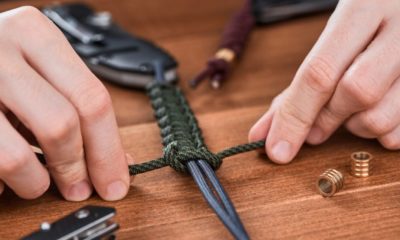
 Do It Yourself7 months ago
Do It Yourself7 months agoParacord Projects | 36 Cool Paracord Ideas For Your Paracord Survival Projects
-

 Do It Yourself9 months ago
Do It Yourself9 months agoHow To Make Paracord Survival Bracelets | DIY Survival Prepping
-

 Do It Yourself9 months ago
Do It Yourself9 months ago21 Home Remedies For Toothache Pain Relief
-
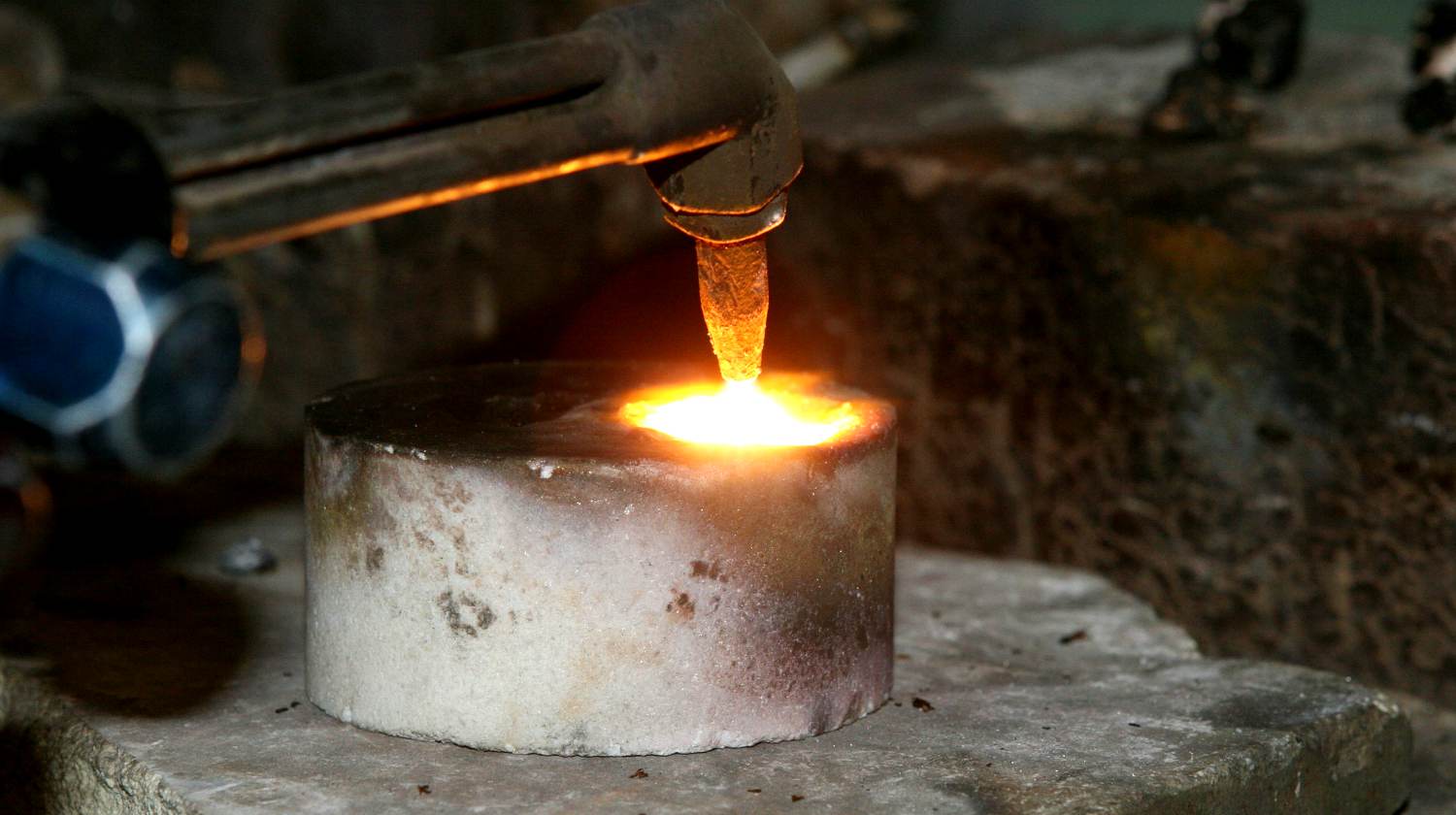
 Do It Yourself10 months ago
Do It Yourself10 months agoSurvival DIY: How To Melt Aluminum Cans For Casting
-
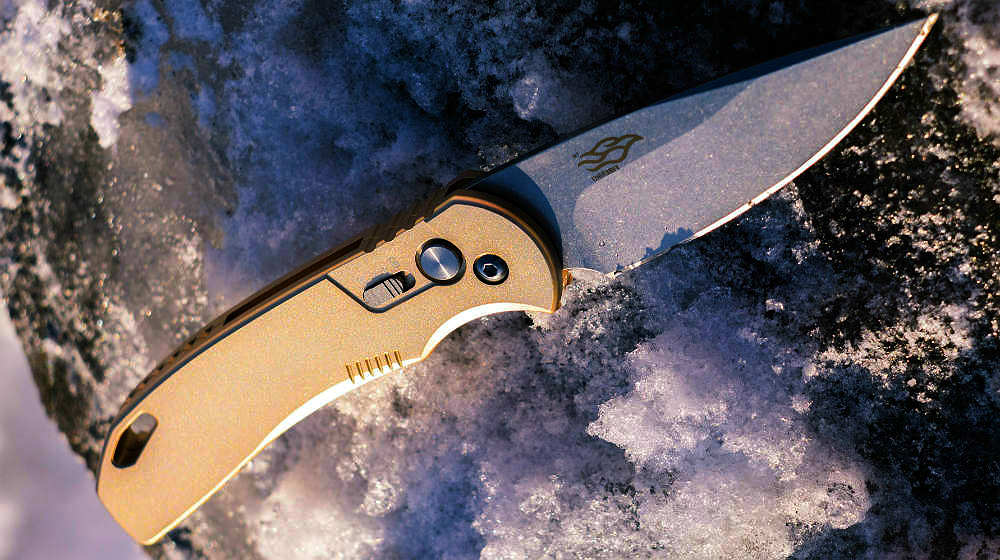
 Exports8 months ago
Exports8 months agoAre Switchblades Legal? Knife Laws By State

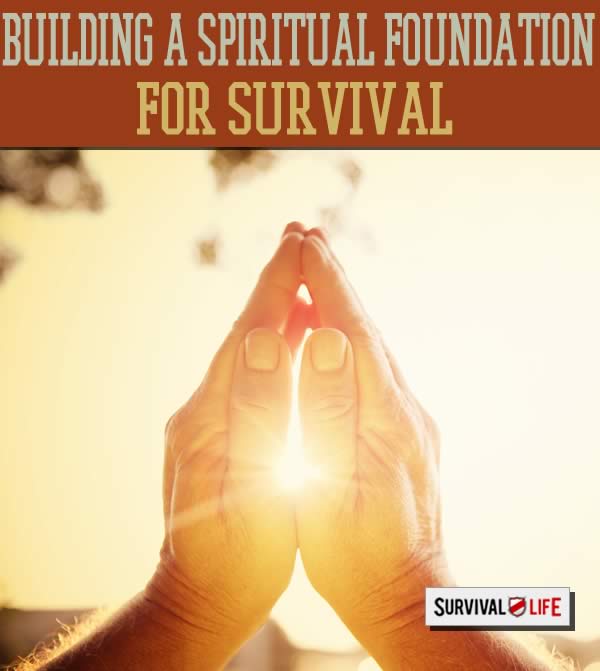
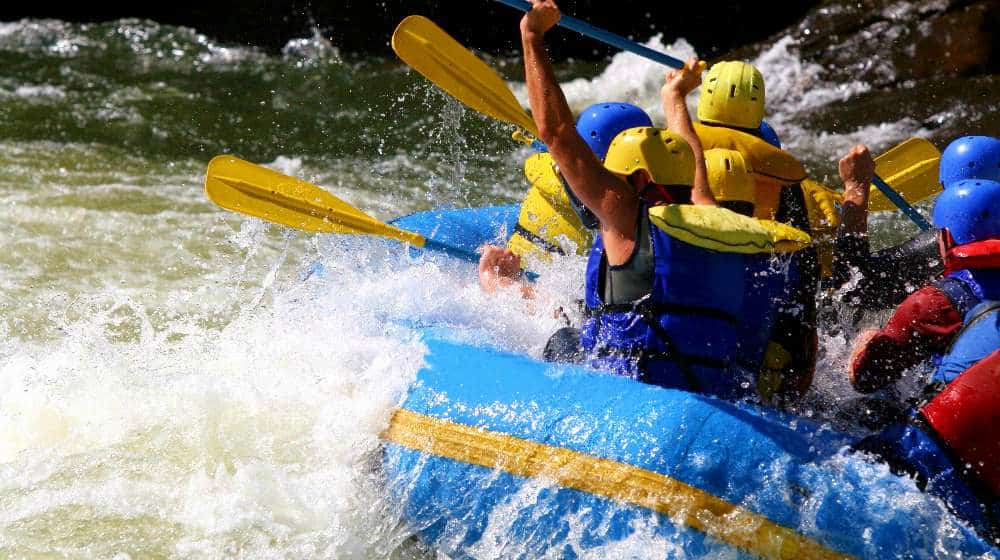
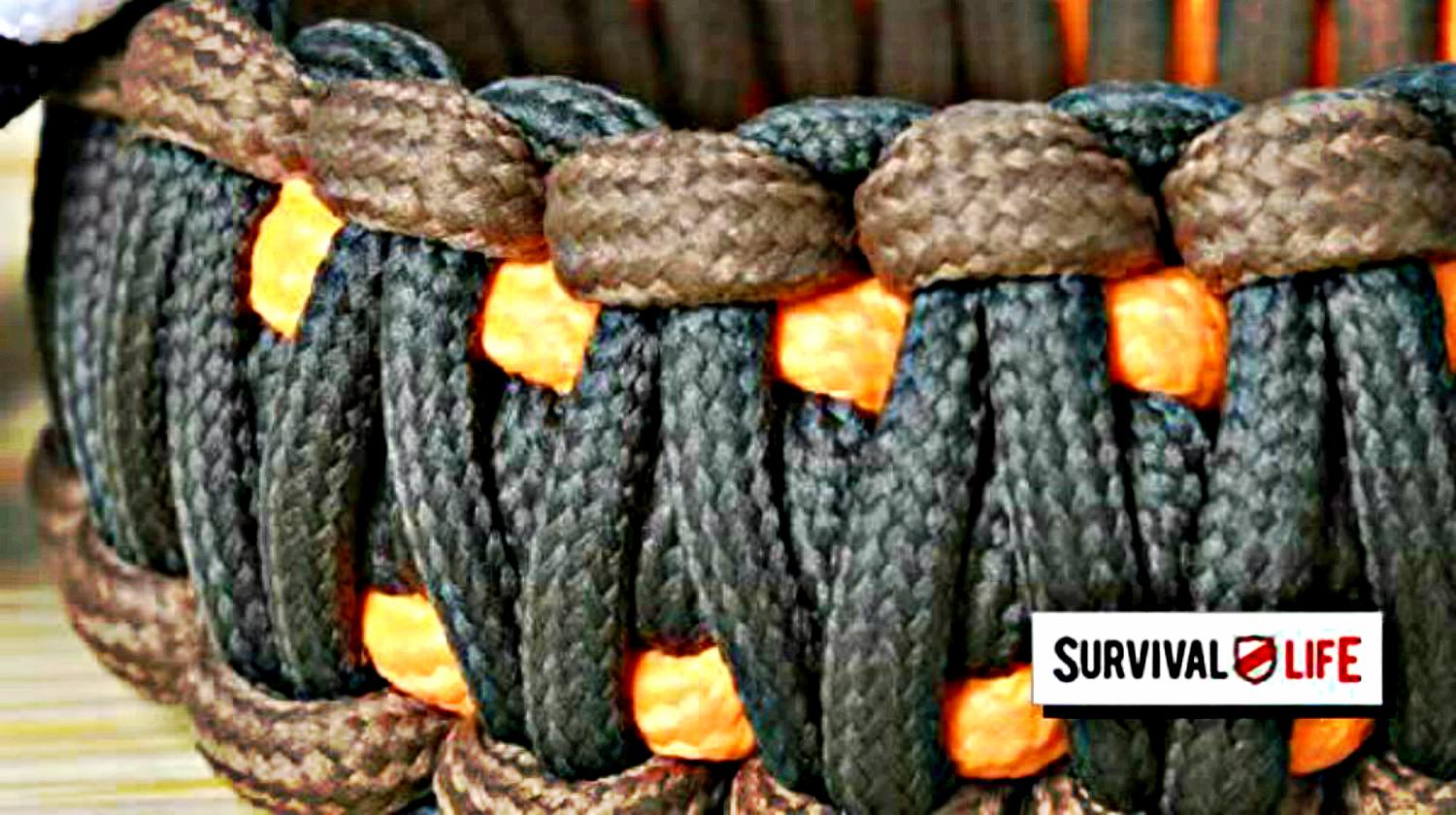
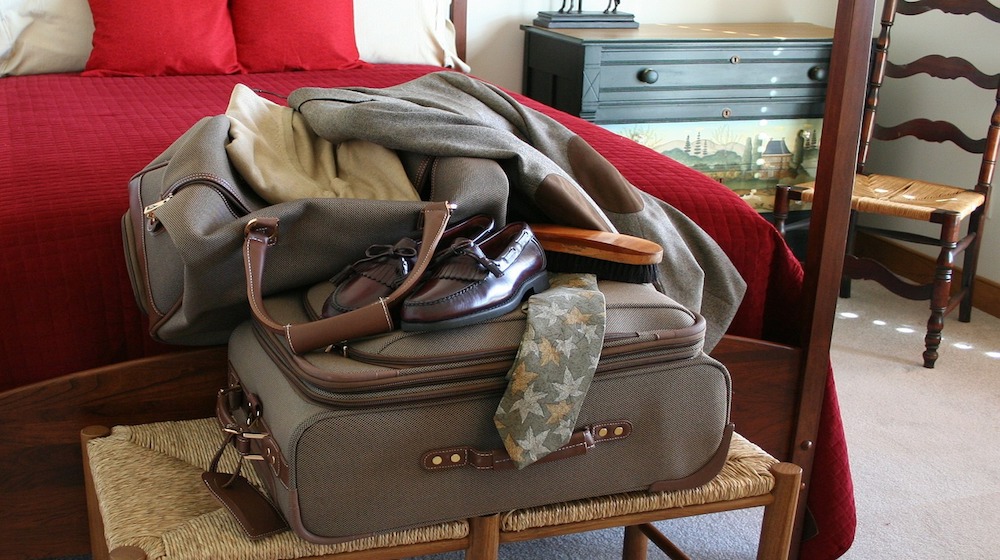

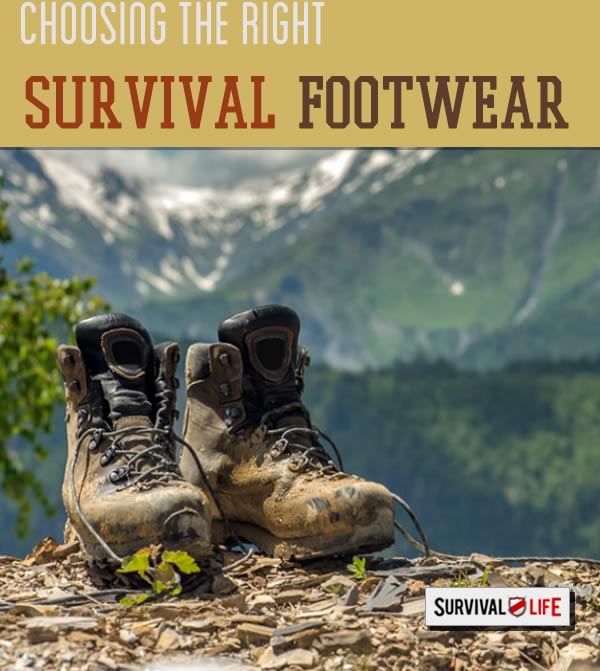

EmileeDees
February 26, 2016 at 11:55 PM
Thank you for the wonderful article! I also believe that installing impact doors and windows will also help a lot in minimizing the damage caused due to these disasters! I personally installed Impact doors and Windows from, and they are worth the money that you spend! It also protects your home from all kinds of anti-social activities.
Pingback: Hurricane Katrina: Unity in the Midst of Devastation | Survival Life
Pingback: The 11 Weirdest Disasters in Human History | Survival Life
Pingback: Hurricane Matthew Safety Tips: Before, During and After the Storm
Pingback: Survival Life's Ultimate List Of Survival Hacks And Skills
Pingback: Disaster Survival Skills: Getting Ready for the Worst | Survival Life
Pingback: What are the Deadliest Disasters in America | Survival Life
Pingback: How To Prepare For Natural Disasters | Survival Life
Pingback: DIY Survival Candles: The Orange Lantern | Survival Life
Pingback: How to Make an Orange Lantern | Survival Life
Pingback: Real World Urban Survival Tactics: An Interview With Richard Duarte
Pingback: How to Prepare for Any Disaster to Protect Your Family
Pingback: McGregor vs. Hurricane Harvey | Survival Life
Cheryl Logan
October 11, 2018 at 2:16 AM
Great read to share.
Anonymous
June 18, 2019 at 11:15 AM
you mum gey
Anonymous
September 5, 2019 at 8:25 AM
i needed to survive a hurricane
jacob
June 18, 2019 at 11:17 AM
haahahhaahhahaahhahahahha
to jacob
June 18, 2019 at 11:19 AM
It’s almost lunch
Pingback: Artificial Intelligence Takeover | How Likely It Is And How To Prepare
Pingback: Hurricane Season: Survival and Preparedness | Survival Life
Pingback: 10 Common Household Items With Survival Uses - Cooking in Quarantine
Pingback: Trucking Apocalypse How it Will Soon Impact You – The Self-Sufficient Life
Pingback: Trucking Apocalypse How it Will Soon Impact You – SurvivalCove.com
Pingback: Trucking Apocalypse How it Will Soon Impact You – Bulletproof Survivors
Pingback: Trucking Apocalypse How it Will Soon Impact You – Sprent Brass
Pingback: Ultimate Emergency Essentials Guide For All Kinds Of Emergencies – Sprent Brass